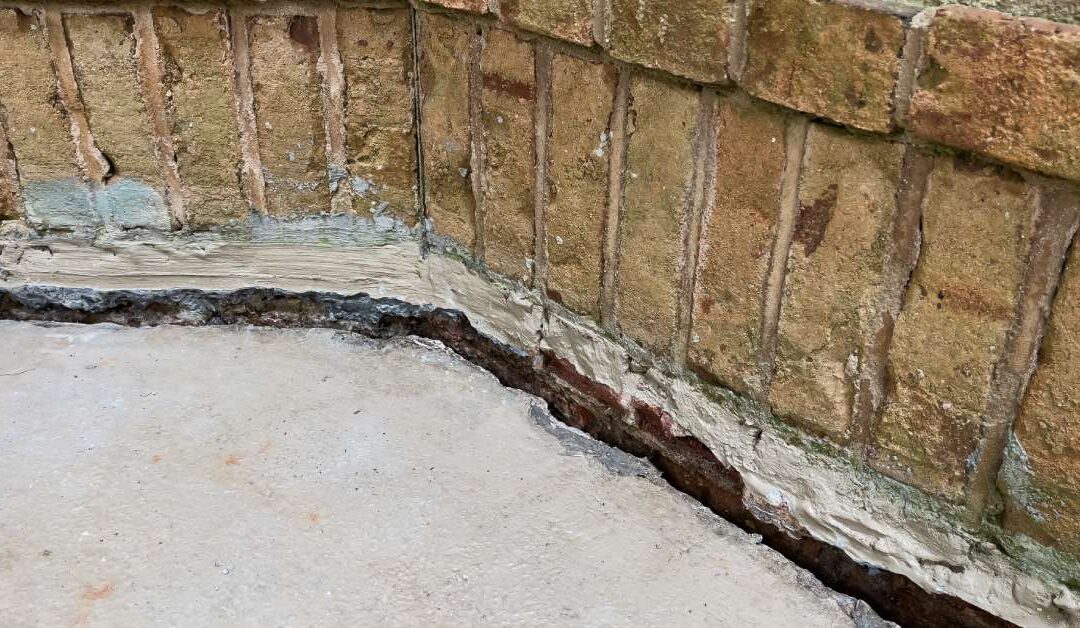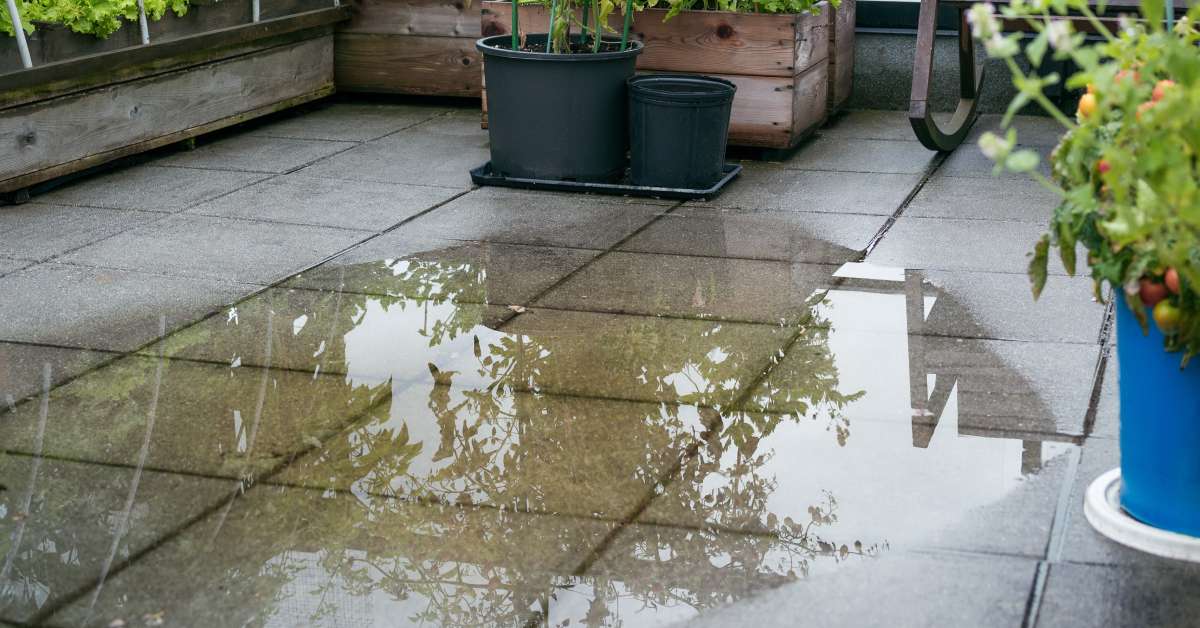Concrete surfaces play a crucial role in maintaining the aesthetic and structural integrity of your property. However, over time, various factors can cause these surfaces to become uneven or damaged, posing safety risks and reducing property value. Recognizing these six signs that your concrete needs lifting can help you address issues promptly and maintain a safe, attractive environment.
Settling Surfaces
Concrete that has noticeable slope not only looks unappealing but also creates hazards for walking and driving. If left unattended, these irregularities can worsen over time, leading to more extensive and costly repairs. Lifting the concrete can restore its evenness and safety.
Sloped surfaces can occur due to soil settling, erosion, or poor initial installation. URETEK’s polyurethane foam injection involves injecting high-density foam underneath the sunken concrete. The expanding foam compresses the soil while filling gaps, resulting in a more level concrete surface.
Cracks in the Concrete
Cracks in concrete surfaces like driveways and sidewalks can result from factors such as soil settlement, heavy loads, temperature fluctuations, or poor installation practices. The cracks can worsen over time due to water infiltration, especially if the water freezes, expands, and causes the cracks to widen. Additionally, repeated traffic or heavy loads can further stress the existing cracks, leading to their expansion and deepening.
Without timely intervention, these widening cracks can compromise the structural integrity of the concrete, making repairs more extensive and costly. Concrete lifting offers a solution by injecting polyurethane foam beneath the concrete to make the surface more level.
Methods for Covering Concrete Cracks
In addition to concrete lifting, properly addressing cracks may involve sealing them to prevent moisture infiltration, which can exacerbate cracking. Depending on the extent of the damage, other repair techniques like patching or resurfacing might be necessary to ensure the longevity and structural integrity of the concrete surface.
While sealing, patching, and resurfacing can improve the appearance and functionality of the concrete surface, they do not directly target the root cause of the cracks. Pairing these methods with polyjacking, which addresses soil instability and lifts the concrete back into place, repairs the damage and prevents future cracking issues effectively.
Water Pooling
Water pooling on concrete surfaces can indicate the need for concrete lifting to correct issues with the concrete’s slope or settlement. When water pools on concrete, it can seep into cracks and joints, leading to erosion, mold growth, freeze-thaw damage, and potential structural issues over time.
Lifting the concrete can improve its slope to move water off the surface and prevent pooling. Additionally, property owners can consider improving the surface slope to ensure proper drainage away from the area. Installing effective drainage systems, such as channel drains, can help divert excess water and prevent pooling.
Difficulty Closing Doors or Windows
Foundation settlement can cause shifts in the building’s structure, leading to misalignment that makes it difficult to move doors and windows. Lifting the foundation can correct these shifts and restore proper alignment.
Difficulty in closing doors or windows can also compromise the security and energy efficiency of your property. For example, a garage door that struggles to close properly due to uneven concrete ground may leave a noticeable gap at the bottom, allowing pests or debris to enter the garage easily. Additionally, an improperly closed garage door can make your property more vulnerable to intruders. By addressing the root cause through concrete lifting, you can ensure a secure and well-insulated home or business.
Gaps Around Joints
Gaps around joints where sections of concrete meet are a common issue caused by soil settlement, erosion, or inadequate installation techniques. These gaps can worsen over time due to water infiltration, freeze-thaw cycles, and heavy traffic, leading to an unsightly appearance and potential safety hazards. Additionally, gaps in concrete joints can compromise the structural integrity of the surface and create pathways for further moisture damage and erosion.
The following structures can develop gaps between concrete panels:
- Driveways
- Sidewalks
- Patios
- Parking lots
- Pool decks
- Steps or stoops
- Garage floors
Concrete lifting provides a solution to address gaps around joints by restoring the level and alignment of the concrete surface. Polyjacking lifts the concrete with polyurethane foam, closing gaps and preventing further separation.
Sinking Steps or Stoops
Steps or stoops that appear to be sinking or pulling away from the main structure suggest a need for lifting to stabilize and align them with the surrounding surfaces. Sunken or sloping stairs can be particularly hazardous during wet or icy conditions. Lifting the steps or stoops can restore their alignment and ensure safe access to your property.
Sinking steps or stoops can also indicate broader foundation problems. When you call URETEK for concrete lifting in Houston, one of our technicians will assess the sinking steps or stoops to determine the extent of the issue. Then, they will create small injection sites in the concrete and inject the high-density polyurethane to lift and stabilize the concrete.
More About the URETEK Method
The URETEK method is a non-invasive technique that doesn’t require excavation. The polyurethane foam expands quickly and reliably, saving time and yielding great results. This long-lasting stabilization technique effectively fills voids and addresses underlying issues, such as soil settling and erosion. Additionally, the URETEK method allows for almost immediate use of the concrete after the procedure, making it an ideal choice for both residential and commercial applications.
Maintenance Tips for Lifted Concrete
Proper maintenance extends the lifespan of your concrete surfaces post-lifting. Regularly cleaning to remove debris, dirt, and organic matter prevents stains and reduces the risk of damage caused by trapped moisture. Additionally, resealing concrete surfaces every two to three years can provide a protective barrier against water, chemicals, and wear.
Additionally, ensure that downspouts, gutters, and drainage systems effectively direct water away from the concrete to avoid erosion and settling issues. By following these maintenance tips, you can ensure your concrete surfaces remain stable, safe, and visually appealing for years to come.
Addressing uneven surfaces, cracks, water pooling, sinking steps, and gaps around joints maintains concrete’s structural integrity. The URETEK method provides an effective solution using patented, structural-grade polyurethane foam. This technique not only restores the alignment and stability of concrete surfaces but also ensures long-lasting results with minimal disruption. Proper maintenance after lifting can further prolong the lifespan and integrity of your concrete surfaces.



